Wedding photography can be a difficult genre to work in, especially for beginners. In addition to mastering a number of genres of photography within this field, you must also balance your shooting schedule with marketing, client communication, sales, and more. Each of these topics is worthy of its own guide and can go far beyond the scope of this article, but we’ll touch on a number of tips here to help you get started.
Remember, while starting out in wedding photography can feel daunting, especially through your first few weddings, with preparation, practice, and perseverance (and some help from the following tips), you can turn your interest in photography into a rewarding career.
Here are eight proven wedding photography tips to help you on your way to delivering a perfect set of photographs that your clients will cherish.
1. Hone Your Skillset
As we mentioned up top, you need to understand that wedding photography is actually a collection of different genres of photography. As a wedding photographer, you’ll need to get comfortable shooting the following genres:

- Product & Landscape/Real Estate Photography: Brides and grooms put a lot of thought and money into choosing all the details that make their wedding day special and unique, including their outfits (rings, dresses, tuxedos, hair and makeup), flowers, decorations, food & cake, and even the venue itself. Some weddings also include important ceremonial details, from wearable jewelry to the altar used during the ceremony. Quality photos of all these things help tell the full story of the wedding day. Click here for examples of wedding ring pictures.

- Portrait & Family Photography: You will need to capture formal portraits of the bride and her bridesmaids, the groom and his groomsmen, the bride and groom together (couples portraits), as well as group portraits of the families and friends who’ve come to support them. Depending on the size of the groups, this can get tricky quickly, especially when it comes to communicating, posing, and lighting the group.
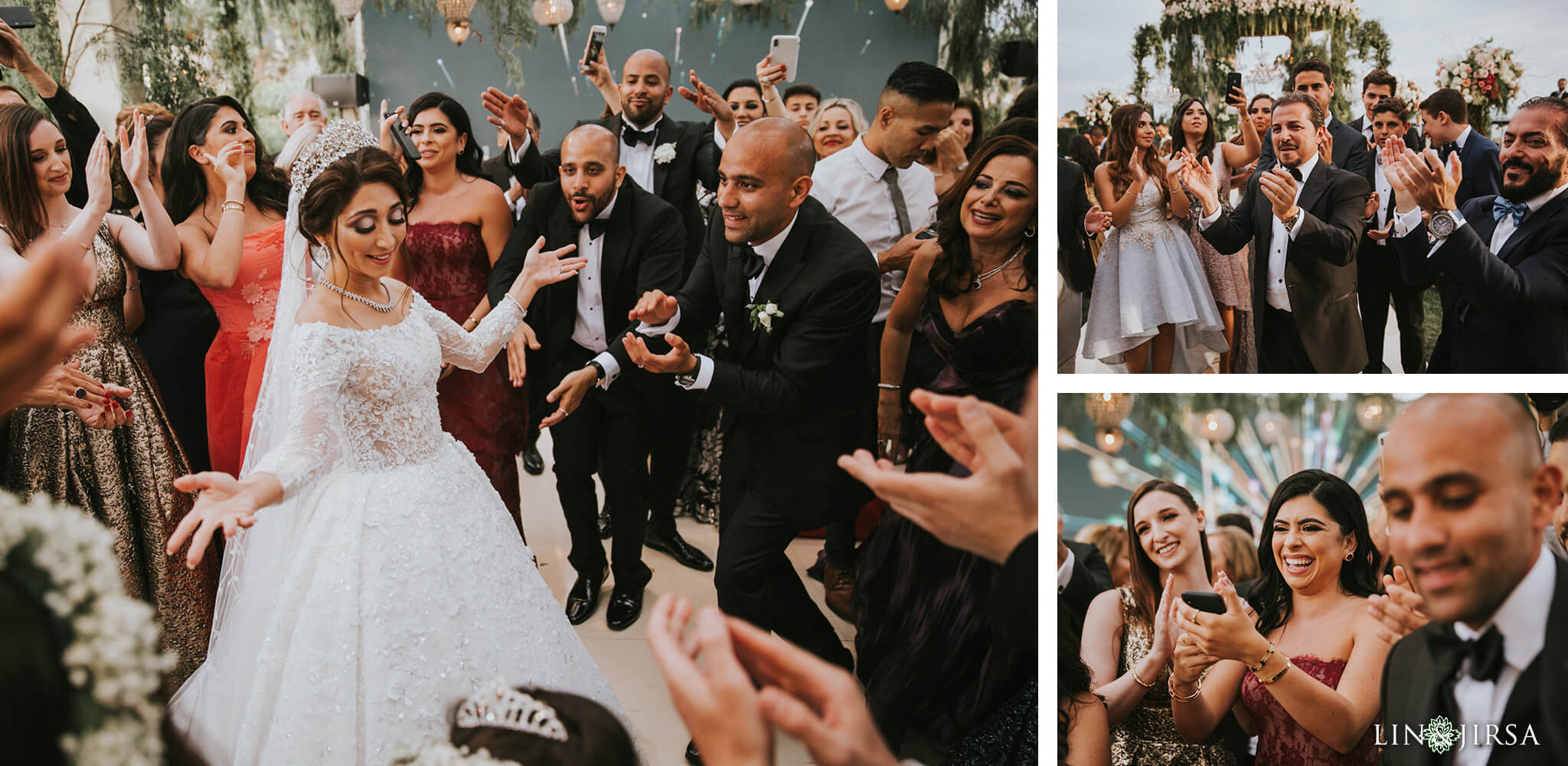
- Street/Candid Photography: In addition to formal portraits, a good number of wedding photos should feature candid captures of guests interacting with one another as well as with the bride and groom. You should be able to capture well-composed candids without having to interject or direct your subjects for every shot; this includes choosing a decent background, making the most of available light, waiting for the right expressions, and more.
- Boudoir Photography: Although not always relevant, some clients prefer to include some boudoir style photographs during the prep portion of the wedding day, so this is a skillset worth considering.
If you do not have experience in one or more of these photography genres, there are a number of ways to go about learning. You can take comprehensive courses, like the SLR Lounge Wedding Photography Training System, or you practice with friends and family to help hone your skills. I also recommend looking at plenty of wedding blogs and finding photographers whose work can inspire and drive you to improve. My next tip will help in this area as well.
2. Assist at a Wedding
One of the best ways to learn wedding photography is to work as an assistant at actual weddings. As an assistant, you’ll have access to professional mentors and you can perfect your skills without the pressure of having to deliver all the important moments. You can ask your professional photography friends if you know any, or try to reach out to professional wedding photographers online. Some, like Lin & Jirsa Photography in Southern California, have a link for assistants and photographers on their website.
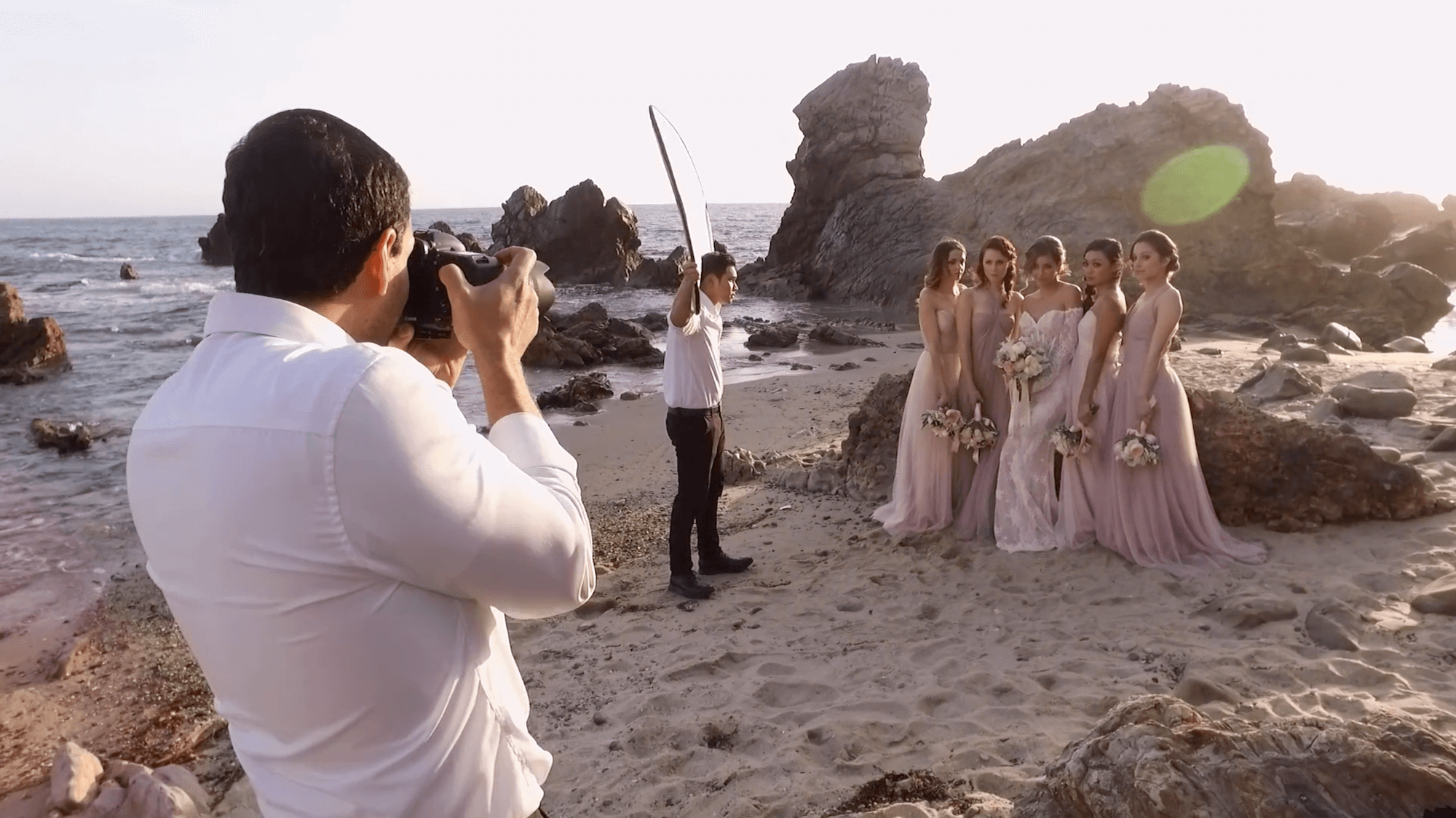
There is nothing like a real wedding to show you how hurried things can get, how crowded and transient most photography spots will be, how fast the photographer has to work, and how to talk to family members, among other things. It will also reveal a number of potential problems, especially where the timeline is involved.
3. Think Like a Manager
You may be starting out as a professional wedding photographer, but you’re also becoming an entrepreneur and manager. Photographing a wedding requires organizational skills as much as expertise in photography. Even before potential clients contact you, it’s important to think like a manager and develop an efficient workflow that will help land the job and allow you to deliver above your clients’ expectations. This includes coming up with (or integrating professional level) email responses and contract templates, collecting and managing payments, planning phone calls (also known as talk-throughs), drafting timelines, coordinating with assistants, photographing the event, figuring out editing deadlines, hosting design consultations (for selling prints and wall art), and more.
To help you manage all of these tasks, I recommend looking into photography studio management software and finding an option that fits your needs. Options vary from somewhat limited and easy-to-use applications all the way to robust, complex automated systems, available at a wide range of prices.
4. Make a Moodboard
A lot of clients may offer you a list of the photos they want you to capture. If we’re talking about a shot list with basics like certain family shots or other must-have photos, then that’s fine. It’s important to know, however, that a shot list put together by either you or your clients should not read as an exact script for your shoot. Instead, these lists should serve as more of a general guide to help you work through the shoot and meet your clients’ expectations.

In fact, rather than a shot list (or at least in addition to a basic list), ask your clients to produce a moodboard, and spend time before the shoot reviewing the moodboard with them. Ask them why they chose the images. Was it the pose? The lighting? The editing style? The expressions on the subjects’ faces? They might not see what you see or appreciate the same elements as you when looking at a particular image. You can use your moodboard and the notes you take from the meeting as a blueprint for the project. This is a valuable tool in a professional wedding photographer’s tool chest.
5. Prep Your Gear
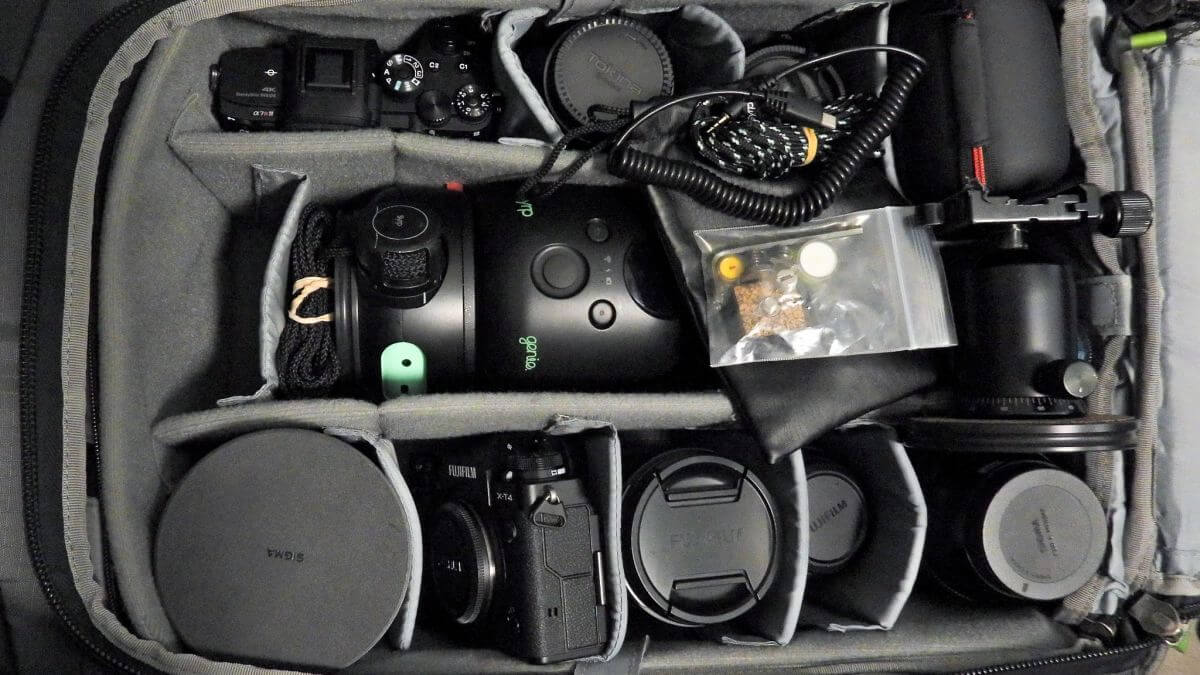
This goes without saying, but check your gear before any major shoot. You might even print a checklist to go through to ensure you have everything you need and that it’s ready to go.
- Did your camera make it into the bag? How about a back-up camera?
- Are all of your batteries charged and loaded into your bag (and your camera)?
- Are your memory cards formatted and loaded into your bag (and your camera)?
- Are your lenses cleaned and loaded into your bag?
- Have you packed your tripod, flashes & triggers, light modifiers, etc.?
You can find a full wedding photographer’s gear checklist here.
Before you take on any shoots, be sure to familiarize yourself with your camera’s basic shooting modes, exposure and focus settings, and other basic functions. You should also know the characteristics of the lenses you plan to use (such as how wide angle lenses cause more lens distortion, especially for close-up portraits), and don’t wait until the day of to experiment with flashes (if you plan to use them at all).
6. Scout Locations Ahead of Time
Before the day of the shoot/event, you should visit and scout the locations, ideally at the same time the wedding is planned for. Whether for an indoor or outdoor wedding, it pays to familiarize yourself with the location. Check the light direction and look for the best spots to take pictures, especially when you want to capturing epic environmental portraits using creative techniques like the Brenizer Method. It’s also helpful to search online for other weddings that have taken place at the venue and see how those photographers used the space and available light. We recommend using a mobile phone app that tracks the sun such as Sunseeker. This will let you see where the sun will be at any hour of the day.

7. Shoot Images in RAW
While it may be convenient to compress images and have them as jpegs, shooting in RAW has tremendous advantages. RAW files may take up more storage space and take longer to process, but the flexibility they provide in post-production is more than worth it. If you maximize dynamic range when you shoot, which means you’re retaining as many details in the shadows and highlights as possible, then editing RAW files will allow you to save otherwise unusable images, such as those that are underexposed due to dim lighting and so on. You can then use professionally designed presets to make quick work of your edits and get quality results.
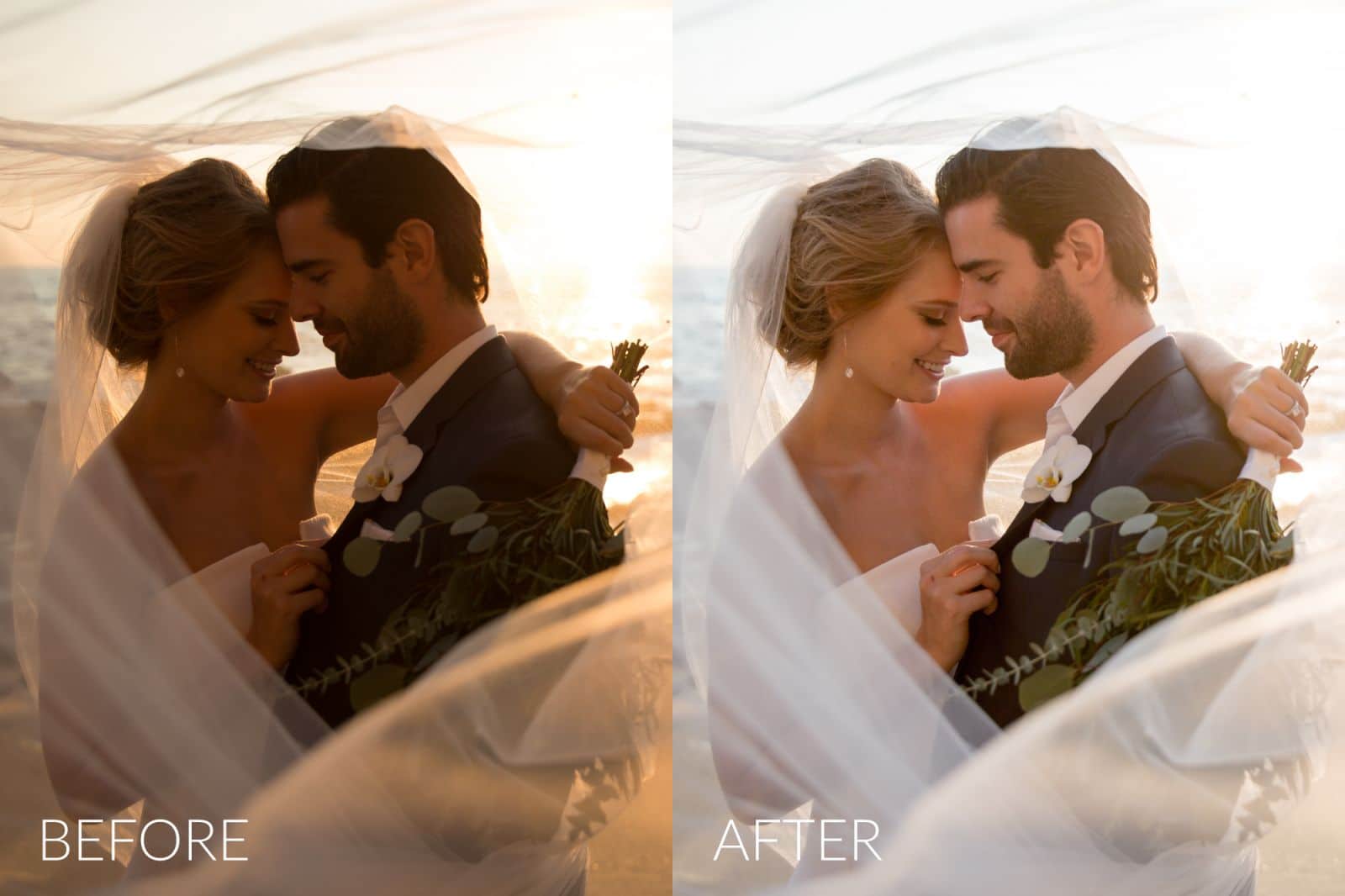
Many cameras include options for shooting at different RAW settings (such as full resolution RAW or medium RAW), which you can take advantage of depending on how the images will be used. For example, if there’s a good chance that the images you’re capturing will be printed, especially at a large scale, then use the full RAW setting. Others, like candids during cocktail hour, likely won’t need the same treatment. If it becomes a hassle to switch back and forth, I recommend staying with full RAW files. Otherwise, adjusting the RAW size when appropriate can save some storage space on your memory card.
8. Keep Shooting
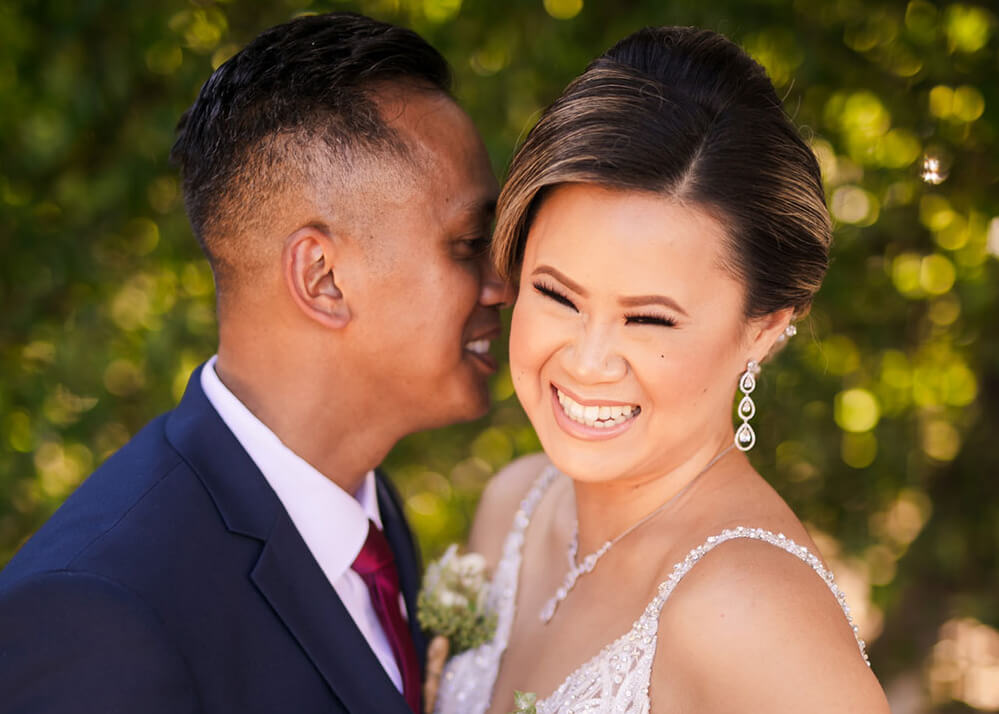
This is a wedding photography tip that most professionals use. While we can try to anticipate certain moments, such as the first kiss near the end of the ceremony, there are many memorable moments that unfold unexpectedly. For this reason, it pays to stay alert and keep shooting before and after the moments you’re expecting. You never know when you might catch that magical expression just after the “expected” moment passes.
Conclusion
If you shoot engagement and wedding photographs that the bride and groom and their families love, you will have lifelong fans. This can lead to more shoots in a number of ways. First, since it is an industry run mostly on word-of-mouth publicity and referrals, a job well done can open the door for other projects. Second, wedded couples tend to have children at some point, opening the door for maternity, newborn, family, and student portrait sessions down the road.
I hope these wedding photography tips have helped prepare you for giving wedding photography a try, or at least pointed you in the right direction. It’s a popular genre that can be notoriously difficult to thrive in, but in its scope and applications, it also offers opportunities you won’t find elsewhere.

